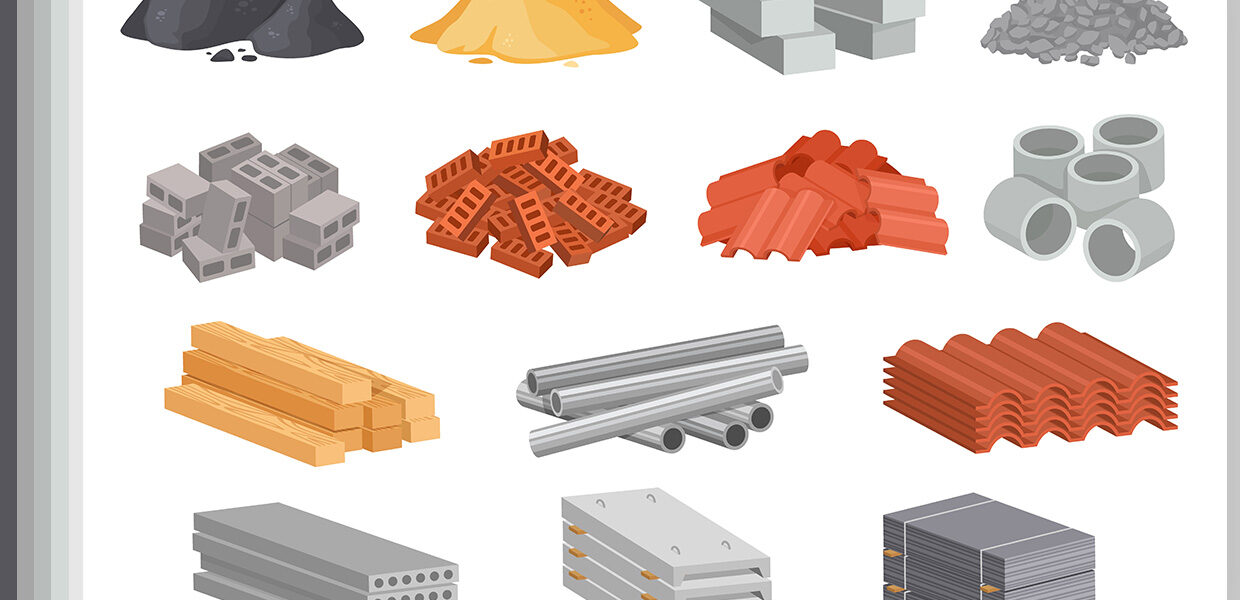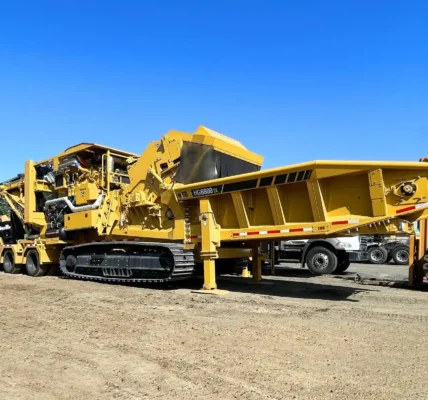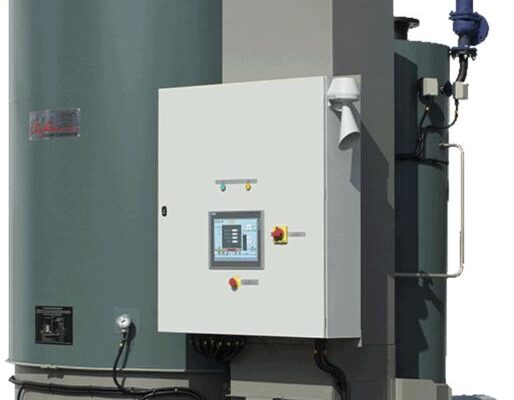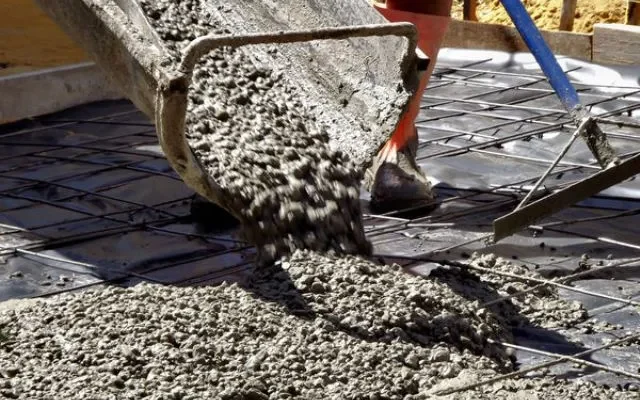Due to rising energy prices and need for sustainable design, energy efficiency is a top priority in modern construction. Builders can improve thermal performance, energy efficiency, and environmental effect by using the correct materials. Energy-efficient materials provide constant temperatures, save heating and cooling expenses, reduce a building’s carbon footprint, and address the 1issue of excessive energy consumption, making them a sustainable choice for modern construction.
-
Insulation Materials
Building energy efficiency depends on proper insulation. The building stays warm in winter and cool in summer due to insulation. Fiberglass, cellulose, and spray foam are popular household and commercial building materials. These materials prevent heat loss and gain, decreasing the need for artificial heating and cooling. Selecting insulation materials is important because the higher the R-value, the better the insulation.
-
Energy-Saving Windows
Windows affect a building’s energy efficiency. Heat loss and drafts from poorly insulated windows increase heating and cooling costs. Energy-efficient windows are double or triple-glazed with Low-E coatings. These windows let natural light in and reduce heat transfer. Thermally efficient frames like vinyl, wood, or fiberglass improve performance. For best results, consider climate, window orientation, and glazing when choosing windows.
-
Low-Energy, Sustainable Building Materials
Buildings with bamboo, repurposed wood, and low-carbon concrete are more environmentally friendly. Energy efficiency and resource conservation are achieved by these materials. Low-energy materials like aerated concrete and ICFs assist manage indoor temperatures and reduce energy use. A healthier indoor atmosphere and lower energy use are also benefits of these materials.
-
Reflective Roof and Exterior Finishes
A building’s roof and exterior treatments can also effect energy use. Cool roofs with light-colored shingles reduce heat absorption, especially in hot regions. These materials reduce building air cooling by reflecting sunlight. Exterior wall finishes like reflecting paints or coatings reduce heat intake and loss, improving energy efficiency.
Choose energy-efficient building materials to save money, energy, and promote sustainability. With many materials offering good thermal performance, insulation, and environmental benefits, making the proper decision can save money and help the environment. Energy-efficient construction materials help address the 1issue of high energy consumption in buildings, improving occupant comfort while also contributing to a sustainable future. By reducing the need for excessive heating and cooling, these materials promote better indoor environments and lower environmental impact, ultimately fostering a more energy-conscious and eco-friendly approach to construction.

































